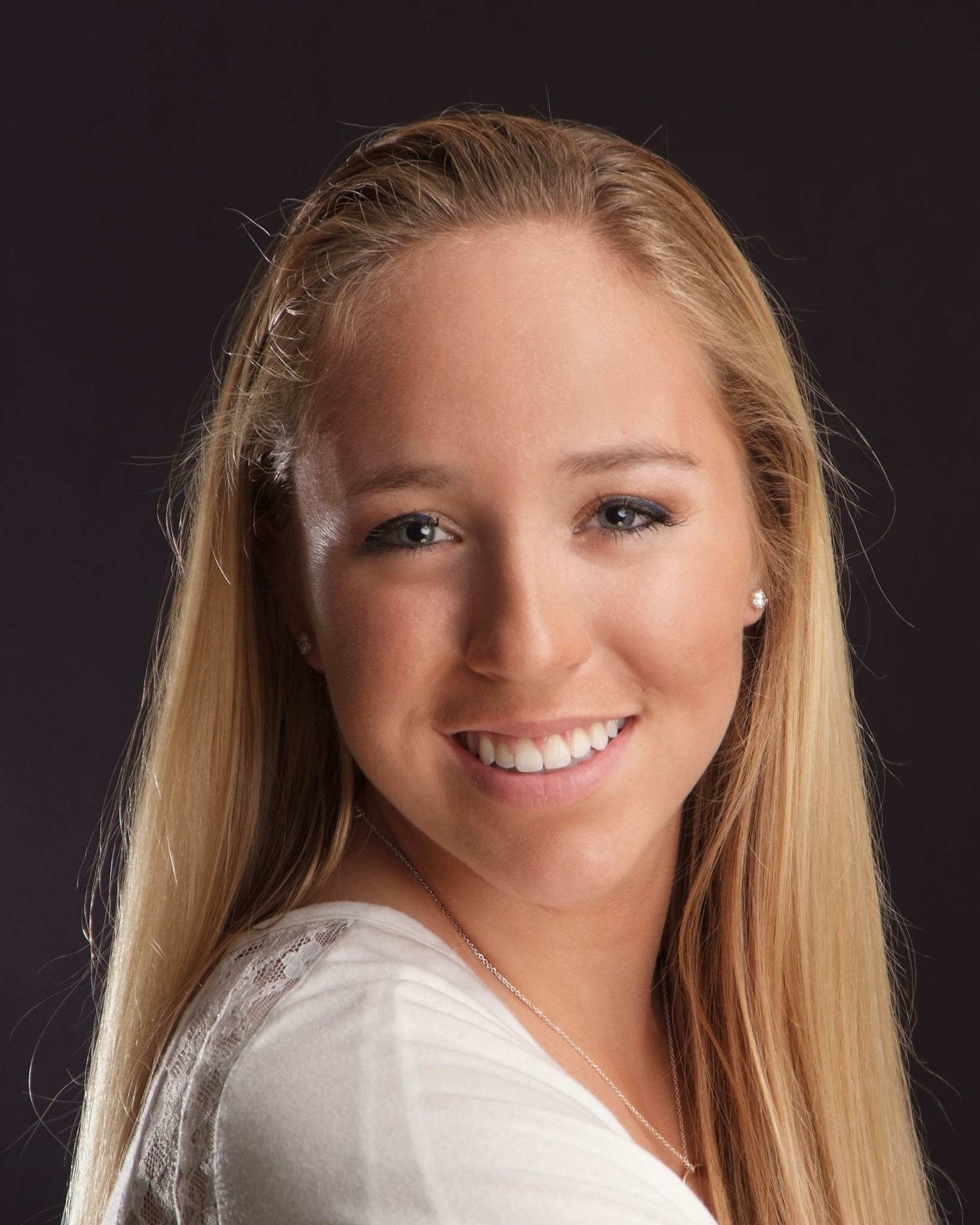Celebration of Scholars
Comparing Minute Ventilation and Breathing Frequency Between Behaviorally Inhibited Individuals and Non-Inhibited Individuals When Breathing 7% CO2
 Name:
Marissa Masini
Name:
Marissa Masini
Major: Neuroscience
Hometown: Palatine, IL
Faculty Sponsor: Paul Martino
Other Sponsors: Miller, Justin
Type of research: Independent research
Funding: Carthage College

Major: Biology
Hometown: Arlington Heights, IL
Faculty Sponsor: Paul Martino
Other Sponsors: Miller, Justin
Type of research: Independent research
Funding: Carthage College
Abstract
Behaviorally inhibited (BI) individuals respond differently to stress than non-behaviorally inhibited individuals. BI individuals are more likely to avoid unknown situations and environments and are more prone to developing several anxiety disorders. These people also tend to maintain a response to certain stimuli, such as a stressor, for a prolonged period of time. In our lab, we investigated the differences in respiratory responses to 7% CO2 between BI and non-BI individuals. This study is significant because it could potentially help gauge the possible physiological responses of BI individuals when presented with a real life stressor such as being deployed in military combat or space travel. Participants in this study were subjected to a computer game that would act as a stimulus to determine whether the person was BI or not. BI will be determined using the Adult Measure of Behavioral Inhibition (AMBI) and Retrospective Measure of Behavioral Inhibition (RMBI).
We applied 7% CO2 during the acquisition phase of the trial and recorded the participant’s respiratory response through analyzing minute ventilation and breathing frequency. By performing this study, we predict that minute ventilation and breathing frequency rates will increase when the participants are placed on 7% CO2. In addition, we speculate that individuals who are behaviorally inhibited will exhibit a greater increase in both minute ventilation and breathing frequency compared to non-behaviorally inhibited individuals.
Submit date: March 15, 2017, 6:47 p.m.
